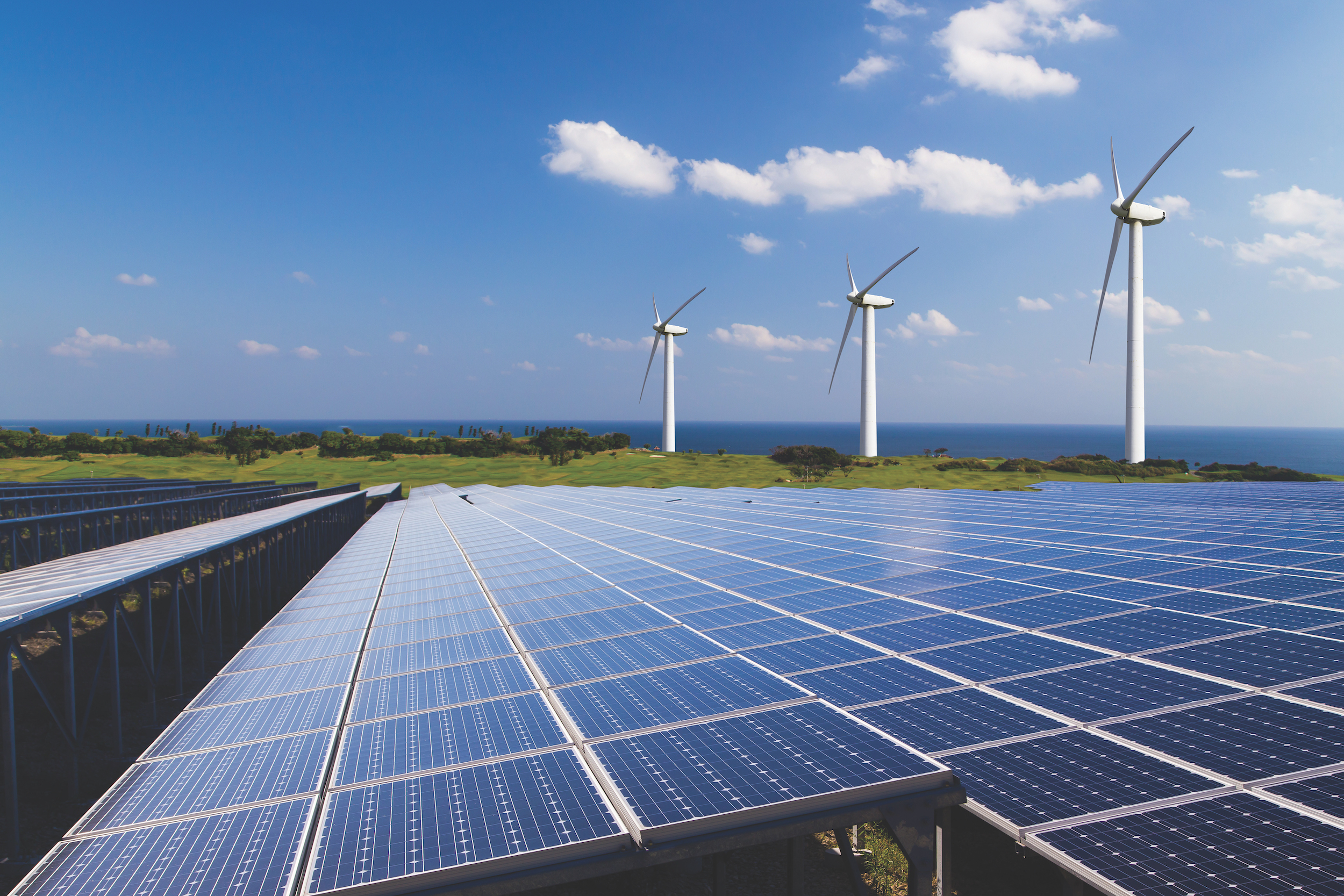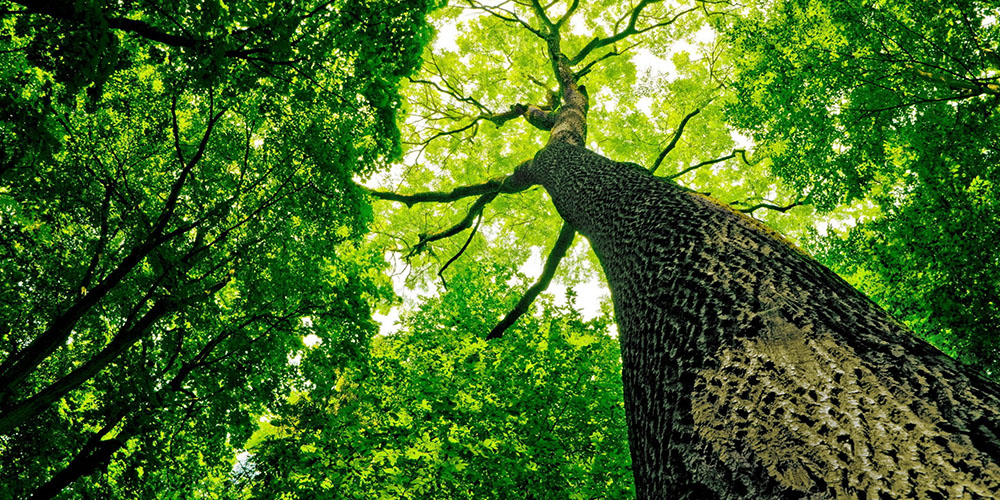Activity 39: Energy Sleuths
There are different sources of energy. Some are renewable; some are nonrenewable. In this activity, your students will learn about the different sources, advantages and disadvantages to their use, and how energy is used in their daily lives.
This is one of 96 activities that can be found in PLT’s PreK-8 Environmental Education Activity Guide. To get the activity, attend a training either in person or online and receive PLT’s PreK-8 Guide.
The PreK-8 Environmental Education Activity Guide is a supplementary curriculum that is multi-disciplinary, with an emphasis on science, reading, writing, mathematics, and social studies.
Each activity displays explicit connections to practices and concepts expected by the following national academic standards so teachers can easily see where the materials will fit into their lesson plans:
- Next Generation Science Standards (NGSS)
- Common Core Toolkit, includes
- English Language Arts (CCSS.ELA)
- Mathematics (CCSS.MATH)
- College, Career, and Civic Life Framework for Social Studies (C3)
Our professional development further demonstrates these connections, as well as to state and local standards, contact your state coordinator.
EE Resources
Visualizations and Data for Climate Change Communication
One of the best ways to understand data is to visualize it. The Yale Program on Climate Change Communication (YPCCC) conducts scientific research on public climate change knowledge, attitudes, policy preferences, and behavior. Data is compiled from public opinion and messaging research, using surveys, experiments, qualitative methods, statistical models, maps and participatory GIS, among other... Read more »
EnergyKids
Developed by the U.S. Energy Information Administration, EnergyKids provides a wide range of articles and resources about energy. Students can explore energy sources, ways to use and save energy and the history of energy with games and activities that promote learning. Challenge your students with energy-related Suduko, puzzles, crossword puzzles, and word searches!
Generate: The Game of Energy Choices
Generate: The Game of Energy Choices is a board game from the U.S. Environmental Protection Agency that teaches students about the costs and benefits of the energy choices we make; what happens if the mix of energy sources changes in the future; and what energy choices mean for our climate, air, water, and overall environmental quality.... Read more »
Nature Works
Did you know that nature works to power the things you depend on every day such as your smartphone, refrigerator, and more! Thanks to energy from the earth we can power all these things. This 5-minute video from PBS Learning Media, Nature Works – To Make Clean Energy discusses sustainable energy sources. It also explains how... Read more »
Our Relationship with Energy
Energy makes everything we do possible. In this TEDxMileHighWomen event, energy journalist Joran Wifs-Brock talks about Our Relationship with Energy, or as she explains, the broken relationship. Use this presentation with high school students to help them consider the ways we use energy in our own life and the communication breakdown between flipping a switch... Read more »
A Guide to the Energy of the Earth
As the demand for energy increases throughout the globe it is sourced through a variety of cycles connecting the sun to our food chain to electricity and beyond. Yet, if energy is neither created nor destroyed, where does it come from? TED-Ed Original lessons feature the words and ideas of educators brought to life by... Read more »
Top Ten Things You Didn’t Know About… Wind Power
Developed as part of Energy.gov’s informational “Top 10 Things You Didn’t Know About…” online series, Top 10 Things You Didn’t Know About Wind Power presents facts and resources describing the growth, development, current status, and future potential of the wind power industry. Most appropriate for middle and high school levels (grades 5-12), the educational resources... Read more »
How Electricity Works Infographic
Help students understand the science of electricity with this animated infographic from SaveOnEnergy.com. It includes the basics of electricity all the way to how we harness this power to fuel homes, schools, hospitals and more.
Ted-Ed: Create a Lesson
Looking for a way to incorporate more technology into your teaching? TED-Ed produces original animated videos and pairs them with questions and resources for teachers to create their own interactive lessons. Once you create a free account, simply search the topic you want to develop a lesson around and use the TED-Ed platform to build... Read more »
Energy Efficiency and Renewable Energy in Low-Income Communities
Investing in energy efficiency, renewable energy, and climate protection programs is an important way for state and local governments to provide a variety of benefits to low-income communities, including energy cost savings, job creation, improved air quality, and healthier homes. EPA’s Energy Efficiency and Renewable Energy in Low-Income Communities guide helps state and local staff... Read more »
U.S. Department of Energy Multimedia
This U.S. Department of Energy website provides links to animations, videos, and audio files on energy sources, with a focus on energy efficiency and renewable energy. Energy Guides for Schools, Advanced Energy Design Guide for K–12 School Buildings, The website of the American Society of Heating, Refrigerating, and Air-Conditioning Engineers provides guidelines and approaches for... Read more »
Climate Change around the World
An article in BBC News that discusses impacts of global warming in countries around the world and in major sectors of society: health, water, food, ecosystems, coasts, and industry.
How Do Solar Panels Work?
In this digital interactive from the Public Broadcasting Service’s (PBS) NOVA Education, users see how solar panels work to convert sunlight into electricity. Links to related PBS NOVA videos and programs are also included.
How Do Solar Panels Work?
In this digital interactive from the Public Broadcasting Service’s (PBS) NOVA Education, users see how solar panels work to convert sunlight into electricity. Links to related PBS NOVA videos and programs are also included.
Energy Lab
This PBS NOVA series has launched the Energy Lab, where middle and high school students can design renewable energy systems for cities nationwide and compete with other students nationwide. Visit the Energy Lab website to design your own renewable energy system.
TeslaTown
Designed for upper elementary and middle school students, a free iPad app teaches about electricity generation and delivery thorough visits to a solar-powered house, a hydroelectric power plant, and a wind farm. With clickable, interactive structures and informational graphics and photos, students discover what is meant by “the power grid.”
Women@Energy
In profiles of women working in various roles at the Department of Energy, women share what inspired them to work in a STEM field, what excites them about their work, and what ideas they have for getting more underrepresented groups engaged in STEM fields. The website is useful for middle and high school students interested... Read more »
Plant for the Planet Video
Inspired by Wangari Maathai, 9-year-old Felix Finkbeiner founded “Plant for the Planet” and has planted more than 500,000 trees in Germany which he says will help sequester carbon and reduce greenhouse gas emissions. Watch Felix’s video, part of the Young Voices on Climate Change series, to learn about his efforts to plant trees for a... Read more »
Renewable Energy Documentary: Unlimited
Unlimited, a documentary by OneLight OneCamera Productions about renewable energy, highlights a group of passionate sixth-graders who call on adults everywhere to take action and address global warming. Their voices are supported by those of global warming and energy experts, who discuss upcoming and promising technologies like solar, wind, tidal power, and more. To purchase... Read more »
Essential Energy Info
This website features essential energy information from the National Academy of Sciences, the National Academy of Engineering, the Institute of Medicine, and the National Research Council. Targeted at a nonscientific audience, the site presents facts about America’s current energy system in four main topics: energy uses, energy sources, energy costs, and energy efficiency. Teachers will find... Read more »
Energy4me
Explore energy and its related concepts with resources from The Society of Petroleum Engineers’ Energy4me program. Compare energy sources, request or download a copy of the book Oil and Natural Gas, explore energy technologies, and more.
Energy Literacy Videos from DOE
Energy is an abstract and important concept that concerns all things on earth and plays a role in many natural and social science processes. Uncover the power of understanding energy by watching the Department of Energy’s (DOE) Seven Principles of Energy Literacy video series. This series breaks down key information about energy’s functions including flow,... Read more »
Energy Zones Mapping Tool
The Energy Zones Mapping Tool is a free online database that allows users to map existing and potential energy resources in the 39 easternmost states. Users can run site-suitability analyses for a variety of renewable energy sources, including biomass, solar, water, wind, natural gas, geothermal, and nuclear power. Regional, custom maps of existing energy resources... Read more »
An Animated Guide to the Science of Wind Turbines
Have you ever wondered what keeps the massive propellers of today’s wind turbines in motion? Check out this animated infographic from SaveOnEnergy to learn how wind turbines work. While the science behind wind powered turbines may seem modern day, the concept has been around for millennia. Its predecessor, the simple windmill, can be traced as far back... Read more »
Login to download supporting materials such as appendices and teaching tips.
Login
 Get this Guide
Get this Guide
 Find Training
Find Training

